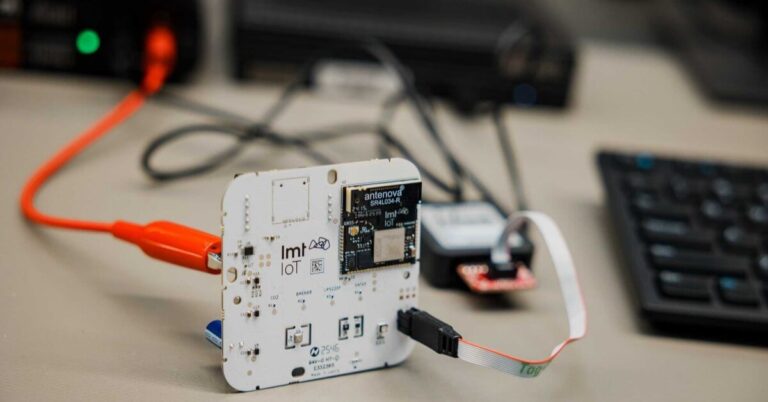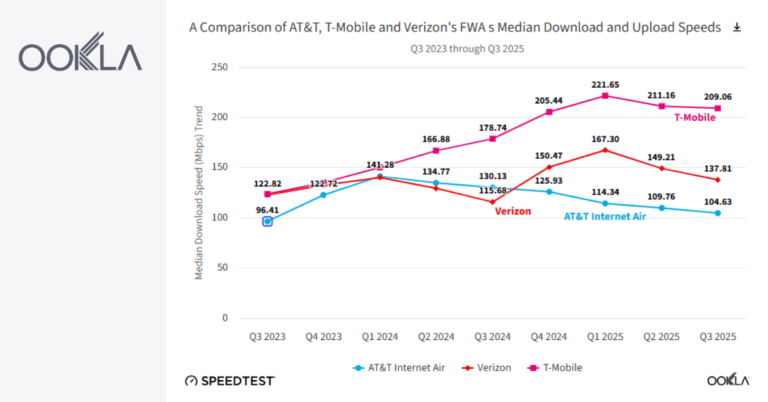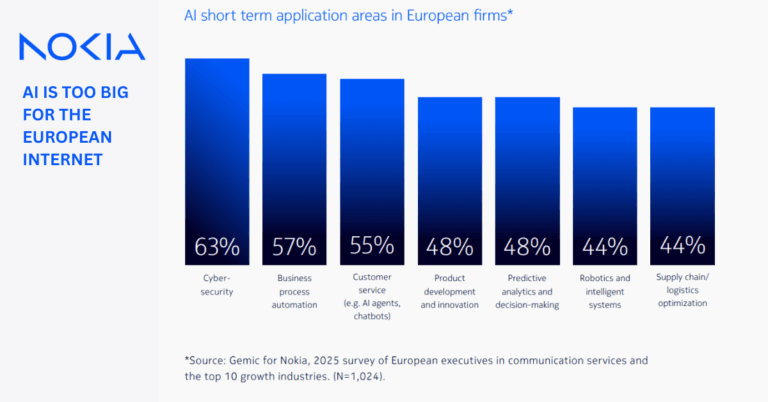Introduction: Role in Synchronization in 5G Networks
My name is Fredrik Sundling, and I work as a senior system architect within the sync team at Net Insight.
The Imperative of Real-Time Enterprise Services in 5G
To monetize 5G, operators need to deliver on the promise of new, real-time enterprise services such as industry automation, self-driving cars, and remote workflows. This represents a significant promise of 5G for operators, with an estimated value reaching between 10 to 20 billion US dollars. However, it imposes new requirements on 5G networks, not only in terms of low latency but also in aspects of security and service availability. Consequently, this mandates an infrastructure that can sustain 24/7 service availability.
Time Synchronization Challenges in 5G Technology
In contrast to 4G, time is a fundamental feature in 5G TDD. Without accurate time, services will be unavailable. Even worse, incorrect time can impact other operators’ 5G services. Therefore, GNSS and GPS are not sufficiently reliable. They are too vulnerable—jamming and spoofing have increased over a thousandfold over the last five years and will continue to increase even more in the future.
Offering a GNSS-Independent Solution
Net Insight offers a GNSS/GPS-independent time synchronization solution that operates over existing infrastructure, including leased lines. The solution is highly resilient, boasting self-healing properties, and provides a very high availability. Furthermore, it offers powerful tools for visualization and sync management. Synchronization needs to be operational 24/7 to secure service availability, providing thousands of real-time metrics to a centralized intelligence, thereby making it possible to identify and remedy impairments before they transform into real problems. If an issue does arise, it enables quick identification and resolution of the problem. With time being so critical for 5G, this is key to offering the new real-time services.
Conclusion: Prioritizing Synchronization for Future Services
Ensuring the precision and reliability of time synchronization is crucial for realizing the substantial promises of 5G. Not only does it fortify the capacity to deliver innovative, real-time enterprise services, but it also fortifies the network’s resistance to disruptions and vulnerabilities, thereby safeguarding the quality and continuity of services offered to consumers and enterprises alike.
Related Content:
Security and availability are key to 5G monetization and new critical services | NetInsight









































